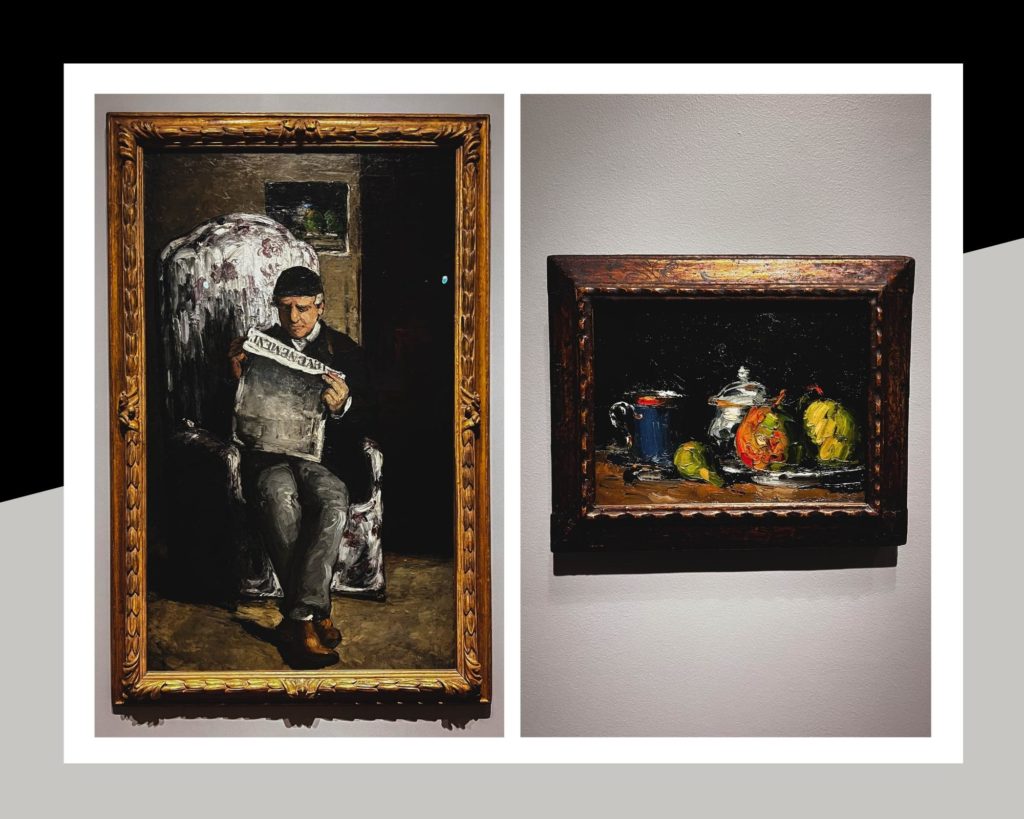Paul Cezanne (French, 1839-1906) worked on the margins of the modern art world throughout his life. His career began on the periphery of the Impressionist groups based in Paris ended in relative seclusion and obscurity in the South of France. Across a career spanning 40 years, Cezanne approached painting as a technically rigorous yet deeply personal search for truth. He upended the conventions of European painting, laying bare the components of color and brushwork used to create images. As a young man, Cezanne described himself as having unusually “strong sensations.” His compositions, constructed from oversized touches of paint, came to approximate the feeling of perception, with its lapses and overlapping passages, its clarity, and strange discor- dances. In his oil paintings and large-scale watercolors, Cezanne sought a form of visual expression that was as physically present and optically layered as life itself. Cezanne’s pursuit of an authentic language of expression led the way for many others, both during and after his lifetime. When his ground- breaking compositions were exhibited shortly after his death, and their unfinished appearance attracted the minds and imaginations of younger artists, inviting them to examine the works’ precarious coherence and unravel their construction. This exhibition–the museum’s first on Cezanne in 70 years- seeks to continue and expand this multigenerational conversation about his picture making. As indicated on the labels throughout the galleries, many well-known artists have owned paintings by Cezanne. Many more have been inspired by him, as the insightful reflections by contemporary artists on several key works here attest.
The exhibition is organized by the Art Institute of Chicago and Tate Modern, London. Lead support for Cezanne is generously provided by John D. and Alexandra C. Nichols. The exhibition was on view from May 15–Sep 5, 2022.









